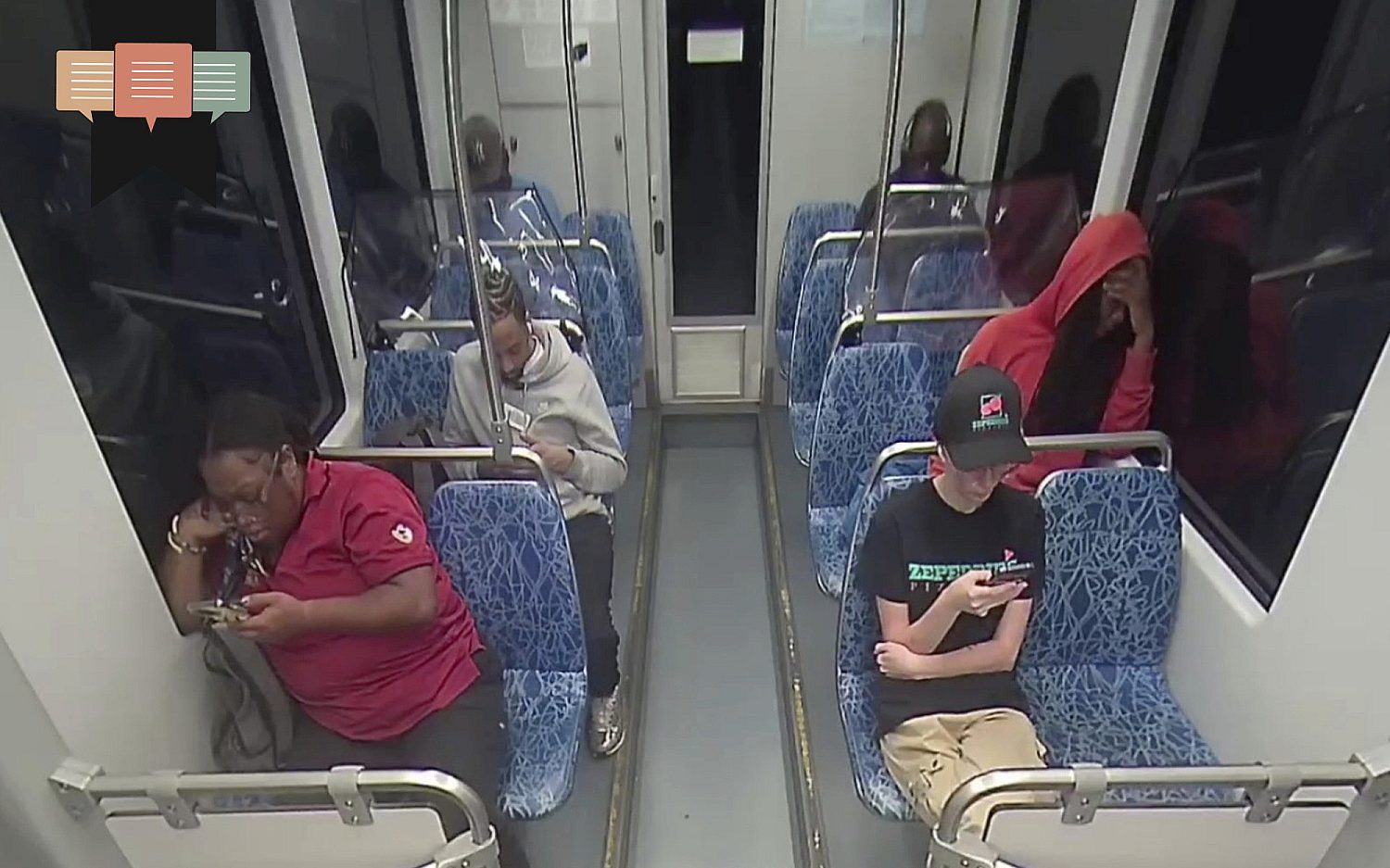Laboratories of religious liberty
Report shows Florida leading the states in protecting free exercise
Full access isn’t far.
We can’t release more of our sound journalism without a subscription, but we can make it easy for you to come aboard.
Get started for as low as $3.99 per month.
Current WORLD subscribers can log in to access content. Just go to "SIGN IN" at the top right.
LET'S GOAlready a member? Sign in.
For the first time since 2023 there is a new state leading the way in protecting religious liberty in America. In Florida, the Sunshine State, the light of liberty shines brightly as it leads the Religious Liberty in the States (RLS) index in 2025. The first-place state from the previous two years, Illinois, dropped to third, following runner-up Montana and ahead of fourth-place Ohio and fifth-place Mississippi.
One of the things that has become clear over the course of this project is that states have a great deal of opportunity to improve their ranking by taking legislative action to add religious liberty safeguards. Florida’s recent improvement, for instance, was due in large part to passage of measures over the last two years to protect conscience rights for medical providers and to safeguard the rights of houses of worship during emergencies, including pandemics. Illinois, meanwhile, has not passed significant protections for religious liberty lately, and many of the measures enacted in the Land of Lincoln date back decades.
The RLS exists to measure the current state of religious liberty protections in law at the state level, but also to show states how they might act to strengthen their legal provisions in the future. In this fourth year of the RLS project, the scope of the protections continues to expand. Over this span, the number of items covered has increased by more than 60 percent, from 29 in 2022 to 47 in 2025. And the number of safeguards within which these items are organized has nearly doubled, from 11 in 2022 to 20 in 2025. New safeguards include measures covering conscientious refusal to participate in euthanasia, recusal from certain kinds of counseling related to gender ideology, and discrimination against people of faith in banking and foster care services.
The range of scores continues to be quite wide, with nearly 55 percentage points separating the highest-ranking state this year from the state in last place. Florida is in first place with a weighted score of 75 percent, while West Virginia is in last place, with an index score of just under 20 percent. So even the best states have significant room to improve, and most states have fewer than half of the protections that have been implemented in other states.
As the dataset increases in size and continues to be tracked through time, we will know even more. One notable takeaway from these initial years of the project is that the American landscape of religious liberty protections really does represent significant diversity. In 1932 Supreme Court Justice Louis Brandeis described one benefit of American federalism was that it allowed for each of the states to “serve as a laboratory,” an environment where the efficacy of different things could be tried and compared with other states.
We see something like this in the findings of the RLS project. The index covers safeguards that are common across many states as well as those that exist only in a few states. Sometimes new protections are added because states pass new legislative measures. And sometimes states remove protections, either because the political climate has changed or because the protections are judged to be problematic. In all these ways we find that the states in America are “laboratories of religious liberty,” in which different protections for free exercise can be implemented.
Within this kind of national environment the states can learn from each other, and one of the major goals of the RLS project is to raise awareness of what different states are doing. There are definite positive lessons to be learned from this experimentation, as states that have been at the vanguard of protecting religious liberty can serve as exemplars for states that have lagged behind. And as we have seen consistently throughout each of the years of the RLS project, there is room for improvement for every state, even those who rank highest.
Each one of these 50 different laboratories of religious liberty thus has something to learn from and to teach the others. Let’s hope we will continue to see religious liberty expand, as the great American song “America the Beautiful” puts it, “from sea to shining sea.”
These daily articles have become part of my steady diet. —Barbara
Sign up to receive the WORLD Opinions email newsletter each weekday for sound commentary from trusted voices.Read the Latest from WORLD Opinions
R. Albert Mohler Jr. | Response to release of security video shows deep division between liberals and conservatives
Barton J. Gingerich | The deeply rooted problem with a convert to Roman Catholicism administering the Lord’s Supper in a PCA church
Nathan Leamer | We should view artificial intelligence as a potential opportunity for the Church
Joe Rigney | Slayings in Charlotte, Minneapolis, and Nashville reveal a deep spiritual abyss in America






Please wait while we load the latest comments...
Comments
Please register, subscribe, or log in to comment on this article.